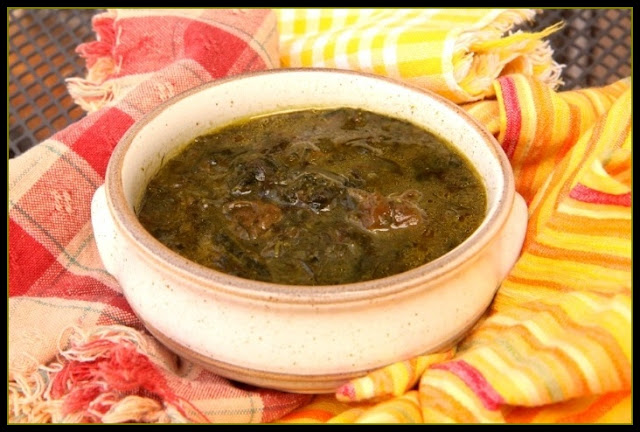Tempura-Style Cottonwood Catkins
It's funny how foraging for food changes your perspective. Suddenly the possibility of food is everywhere. I live in the same place that I did before I learned to love wild foods. But now, I'm strongly aware of every little tic and change in that environment, the nuances and progression of seasons, and my surroundings look quite different to me. It feels magical. But it's not so much magic, as it is keen observation of the ordinary. It reminds me of a lyric from a Modest Mouse song, "optimism doesn't change the facts, just what you're gonna see."
Just last week, while I was out collecting cottonwood buds for medicine, my new perspective paid off in finding a new food to try. I was a bit disappointed by how quickly the time to harvest cottonwood buds was passing. In just a matter of two days, the trees had progressed from buds to catkins. But then I looked up at the emerging cottonwood catkins and thought, hey, those look tasty!
I couldn't remember having seen any reference to cottonwood catkins as food in my books, and had never heard any stories of people eating them. But it seemed completely likely, given my experience, that they were indeed edible. I went home and did some research. And with a little help from my friends on facebook (thank you!), found that cottonwood catkins are absolutely edible.
It took a little experimentation to find what stage was best for eating, and how to eat them. But I never mind experimenting with new foods. At first, I thought the newly emerged catkins - which look like tight purple caterpillars - would taste best, thinking that this is when cattail flowers are tastiest. But cottonwood catkins still hold quite a bit of bitterness at that stage (like a crushed aspirin tablet!).
The ideal stage for eating cottonwood catkins is when they have loosened and hang like delightful bunches of grapes, but have not yet flowered out. If you wait until they completely open up, it's as if there's nothing left. But at the heavy droopy purple stage, the cottonwood catkins have lost a great deal of their bitterness and are full of complex flavors.
To prepare the cottonwood catkins to eat, remove all sticky bud casings, and shake the catkins free of bugs (I didn't see any real need to wash them). Pinch off any bits of the catkin which have flowered out and and wilted.
If the catkins you have picked are bitter, you could blanch them in boiling water. But I'd suggest that it's preferable to just harvest from a different tree, as there is quite a bit of variation between the individual plants. Find yourself a tasty cottonwood tree, and harvest the catkins selectively, taking care not to strip any branches of all their catkins.
The fat catkins can be used as you would any vegetable - in soups, in skillet dinners, in stir-fries. But I think that all of those applications mask the delicate flavor of cottonwood catkins. They are however, quite lovely quick-sauteed in butter.
By far, the tastiest way I found to eat cottonwood catkins is in a light tempura batter - which gives them a crispy exoskeleton, but still allows their distinctive flavor to be appreciated.
Tempura-Style Cottonwood Catkins
Combine a few spoonfuls of rice flour, an egg white, ice cold water, and a pinch of salt to make a very thin batter (try for the consistency of crepe batter). Let the batter sit in the fridge for ten minutes, stir, and adjust consistency with more water, if need be.
Dip whole catkins into the batter, coating completely, then shallow fry them on both sides in lard until they are golden and crispy. I think deep frying would be even better, but I personally hate to waste that much precious grease for small batches of food. Once removed from the pan, hit the fried cottonwood catkins with some salt, and enjoy.
Once cooked, the cottonwood catkins have a texture like a fine broccoli, and a very unique flavor. I could taste hints of both flowers and wood, with a slight undercurrent of bitterness (in a good way), and a finish of sweet tropical fruit, almost tutti fruity. Really! They are a real delicacy. It's quite fun to add another food to the list of wild foods that I get to eat just once or twice per year, when they are at the peak of their season.
I'm sharing this tasty treat with Real Food Wednesday.
---------------------------------------------------------------
I'm reposting this article in honor of Wild Things in April, where I'm featuring flowers at the key ingredient, and inviting you to share your own recipes made with flowers. You can send your recipe to wildthings.roundup@gmail.com before the end of the month, if you'd like to see it included in the round up.





